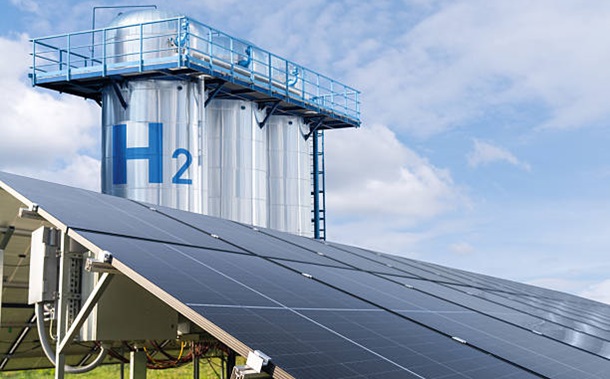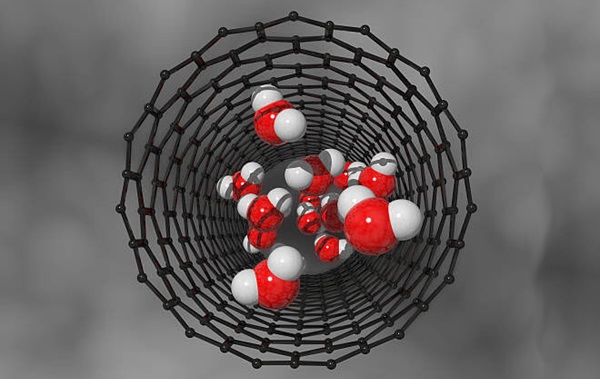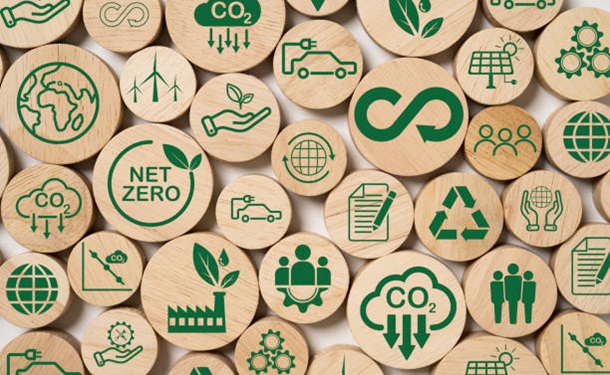Environmental Effects on Parameters of Leakage Current Equivalent Circuits of Outdoor Insulators
Downloads
Doi:10.28991/ESJ-2024-08-01-022
Full Text:PDF
Downloads
Sharma, K. (2001). Polymeric insulators. Technical Article, 1-28. Available online: http://www.appstate.edu/~clementsjs/ surfaceflashover/insulatortesting.pdf (accessed on June 2023).
Serikbay, A., Bagheri, M., & Zollanvari, A. (2023). Stacked Ensemble Deep Learning for Outdoor Insulator Surface Condition Classification: A Profound Study on Water Droplets. IEEE Access, 11, 102279–102289. doi:10.1109/ACCESS.2023.3315599.
Busby, J. W., Baker, K., Bazilian, M. D., Gilbert, A. Q., Grubert, E., Rai, V., Rhodes, J. D., Shidore, S., Smith, C. A., & Webber, M. E. (2021). Cascading risks: Understanding the 2021 winter blackout in Texas. Energy Research and Social Science, 77, 102106. doi:10.1016/j.erss.2021.102106.
Hussain, M. M., Farokhi, S., McMeekin, S. G., & Farzaneh, M. (2015). Dry band formation on HV insulators polluted with different salt mixtures. 2015 IEEE Conference on Electrical Insulation and Dielectric Phenomena (CEIDP), Michigan, United States. doi:10.1109/ceidp.2015.7352000.
Kumara, S., & Fernando, M. (2020). Performance of outdoor insulators in tropical conditions of Sri Lanka. IEEE Electrical Insulation Magazine, 36(4), 26–35. doi:10.1109/MEI.2020.9111097.
Butt, S. U., Khattak, A., Ali, A., Faiza, Imran, K., Ullah, N., Alahmadi, A. A., & Khan, A. (2021). Investigation of epoxy composites for outdoor insulation under accelerated ultraviolet exposure. Materials Research Express, 8, 1-15. doi:10.1088/2053-1591/ac1aa8.
Liu, L., Guo, C., Xiang, Y., Tu, Y., Mei, H., Wang, L., & Xuan, F. Z. (2022). Health Monitoring of RTV Silicone Rubber Coating on Insulators Based on Multimode Features of Active Infrared Thermography. IEEE Transactions on Instrumentation and Measurement, 71, 4502609. doi:10.1109/TIM.2022.3164159.
Xin, L., Jin, H., Tu, Y., Yuan, Z., Lv, Z., & Wang, C. (2020). Defect Detection and Characterization of RTV Silicone Rubber Coating on Insulator Based on Visible Spectrum Image. IEEE Transactions on Power Delivery, 35(6), 2734–2736. doi:10.1109/TPWRD.2020.2995071.
Waluyo, Fauziah, D., & Khaidir, I. M. (2021). The Evaluation of Daily Comparative Leakage Currents on Porcelain and Silicone Rubber Insulators under Natural Environmental Conditions. IEEE Access, 9, 27451–27466. doi:10.1109/ACCESS.2021.3057626.
Salem, A. A., Lau, K. Y., Rahiman, W., Abdul-Malek, Z., Al-Gailani, S. A., Rahman, R. A., & Al-Ameri, S. (2022). Leakage current characteristics in estimating insulator reliability: experimental investigation and analysis. Scientific Reports, 12(1), 14974. doi:10.1038/s41598-022-17792-x.
Obenaus, F. (1958). Contamination flashover and creepage path length. Deutsch - Elektrotechnik, 12, 135-136.
Vosloo, W. L., & Holtzhausen, J. P. (2002). A model for electrical discharge and leakage current development on high voltage insulators. Proceedings of the Second IASTED International Conference Power and Energy Systems, 25-28 June 2002, Crete, Greece.
Pratomosiwi, F., & Suwarno. (2009). Electrical equivalent circuit of ceramics insulators with RTV Silicone Rubber coated and computer simulation of leakage current. 2009 International Conference on Electrical Engineering and Informatics. doi:10.1109/iceei.2009.5254748.
Rachmawati, R., Sartika, N., Meisa Putra, N. R., & Suwarno, S. (2018). The Study on Leakage Current Characteristics and Electrical Properties of Uncoated Ceramic, RTV Silicon Rubber Coated Ceramic, and Semiconducting Glazed Outdoor Insulators. International Journal on Electrical Engineering and Informatics, 10(2), 318–336. doi:10.15676/ijeei.2018.10.2.9.
Wakhidin, M., & Suwarno. (2019). Effects of Artificial Tropical Climate Aging on Insulation Performance of Silicone Rubber Polymeric Insulators. 2019 2nd International Conference on High Voltage Engineering and Power Systems (ICHVEPS), Bali, Indonesia. doi:10.1109/ichveps47643.2019.9011130.
Lumba, L. S., & Suwarno, S. (2020). Analysis of Surface Degradation of Silicon Rubber Insulators after 30 Years in-Service. International Journal on Electrical Engineering and Informatics, 12(4), 828–844. doi:10.15676/ijeei.2020.12.4.8.
IEC-507. (1991). Artificial Pollution Tests on High-Voltage Insulators to be used on A.C. Systems. International Electrotechnical Commission (IEC), Geneva, Switzerland.
ANSI C.29 13. (2000). American National Standard for Insulators-Composite-Distribution Dead-end Type. American National Standards Institute (ANSI), Washington, United States.
IEC 60507. (2013). Artificial pollution tests on high-voltage ceramic and glass insulators to be used on A.C. systems. International Electrotechnical Commission (IEC), Geneva, Switzerland.
Kizilcay, M., & Pniok, T. (1991). Digital simulation of fault arcs in power systems. European Transactions on Electrical Power, 1(1), 55–60. doi:10.1002/etep.4450010111.
Kumar, K., Maheswari, R. V., & Vigneshwaran, B. (2020). Investigation of Pollution Severity and Dry Band Characteristics on 11kV Composite Insulator. In 2020 IEEE International Conference on Advances and Developments in Electrical and Electronics Engineering (ICADEE), 1-6. doi:10.1109/ICADEE51157.2020.9368945.
He, J., He, K., & Gao, B. (2019). Modeling of dry band formation and arcing processes on the polluted composite insulator surface. Energies, 12(20), 3905. doi:10.3390/en12203905.
Nigol, O., & Cherney, E. A. (1975). Development and application of a new semiconductive glaze insulator. EIC 12th Electrical / Electronics Insulation Conference. doi:10.1109/eic.1975.7458534.
Cherney, E. A., Nigol, O., & Reichman, J. (1978). Development and application of a new semiconductive-glaze insulator. IEEE Transactions on Power Apparatus and Systems, PAS-97(6), 2117–2126. doi:10.1109/TPAS.1978.354715.
Deb, S., Ghosh, R., Dutta, S., Dalai, S., & Chatterjee, B. (2017). Effect of humidity on leakage current of a contaminated 11 kV Porcelain Pin Insulator. 6th International Conference on Computer Applications in Electrical Engineering-Recent Advances (CERA), Roorkee, India. doi:10.1109/cera.2017.8343329.
Syakur, A., Berahim, H., & Rochmadi, T. (2012). Leakage current monitoring for silane epoxy resin insulator under tropical climate conditions. 2012 IEEE International Conference on Condition Monitoring and Diagnosis, Bali, Indonesia. doi:10.1109/cmd.2012.6416291.
Ashwini, A. V., Ravi, K. N., & Vasudev, N. (2019). Experimental Study on Aging of Polymeric Insulators by Dip Method. International Conference on High Voltage Engineering and Technology, Hyderabad, India. doi:10.1109/ichvet.2019.8724262.
- This work (including HTML and PDF Files) is licensed under a Creative Commons Attribution 4.0 International License.



















